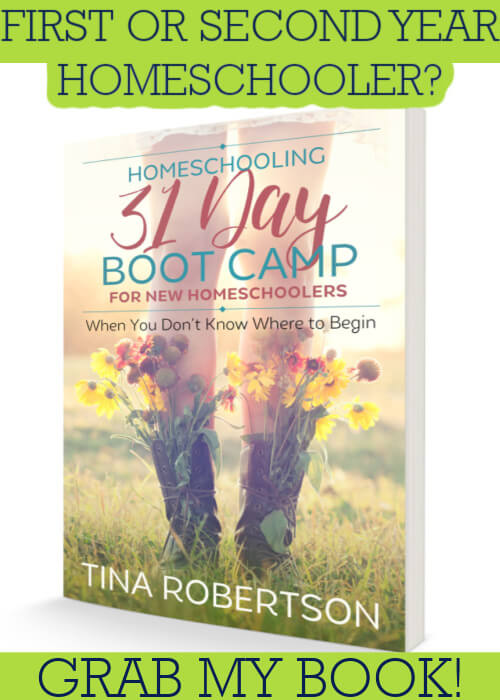The dynamics of how to homeschool easily and smarter takes time, but you’re sure to find plenty of support and help here at Tina’s Dynamic Homeschool Plus.
You’ll find tips and resources on how to homeschool on this page. Too, here I’ll share how tos on making school fit life.
Too, your homeschool journey is dynamic or constantly changing. What worked this year may not work next year.

After celebrating the graduations of three homeschooled children, you’ll love the tips I share based on my 20+ years of homeschooling.
In addition, many homeschoolers begin homeschooling by trying to follow a public school schedule.
This is your home not a classroom so you’ll love understanding the dynamics of how to homeschool easily and smarter.
How to Transition from Public School
Begin first with your public school mindset. You need to change from thinking a classroom to a family living room.
Education for the First-Time Homeschooler
How to Plan Your Schedule & Lesson Plan
Homeschool Language Arts
Next, look at the tips and helps for teaching language arts below.
Homeschool Science
Summer Homeschooling
Homeschool History
ORGANIZING HOMESCHOOL AREAS
How To Determine Grades
Not Back to School Crafts for Homeschoolers
- 15 Easy Back to School Crafts And Make A Yarn Wrapped Pencil
- Back To Homeschool Student Notebook Covers
- How to Create Easy Back to School Basket Ideas for Middle School (Anatomy)
- Apple Themed Back to School Crafts & Fun Calming Apple Jar Craft
- 8 Back To School Crafts For Middle Schoolers | How To Make Fun Literature Themed Shoes
- How to Make a Boys Duct Tape Wallet Back to School Craft
